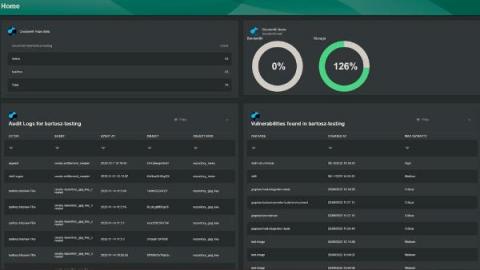Operations | Monitoring | ITSM | DevOps | Cloud
CI CD
The latest News and Information on Continuous Integration and Development, and related technologies.
CircleCI New Feature: An Overview of Container Runner
Get in Front of Delivery Risks by Managing Work in Progress: Turn Your DORA Metrics into Trip Wires
Introducing Project and Workspace Access Tokens
Optimizing Build Time and Getting Results Using Test Splitting
How to Preview and Diff Your Argo CD Deployments
Adopting Kubernetes has introduced several new complications on how to verify and validate all the manifests that describe your application. There are several tools out there for checking the syntax of manifests, scanning them for security issues, enforcing policies etc. But at the most basic case one of the major challenges is to actually understand what each change means for your application (and optionally approve/reject the pull request that contains that change).
CircleCI incident report for January 4, 2023 security incident
On January 4, 2023, we alerted customers to a security incident. Today, we want to share with you what happened, what we’ve learned, and what our plans are to continuously improve our security posture for the future.
Integrating Cloudsmith with Your Roadie Developer Portal
Customers can now integrate Cloudsmith with Roadie, letting users monitor key Cloudsmith data within the Roadie developer portal. Cloudsmith has just announced an exciting new integration with Roadie, a start-up that provides SaaS for Backstage, a service catalog open-sourced by Spotify that automatically tracks your microservices. Organizations use Roadie to build a software catalog and developer portal for internal systems, centralizing information in one convenient location.











